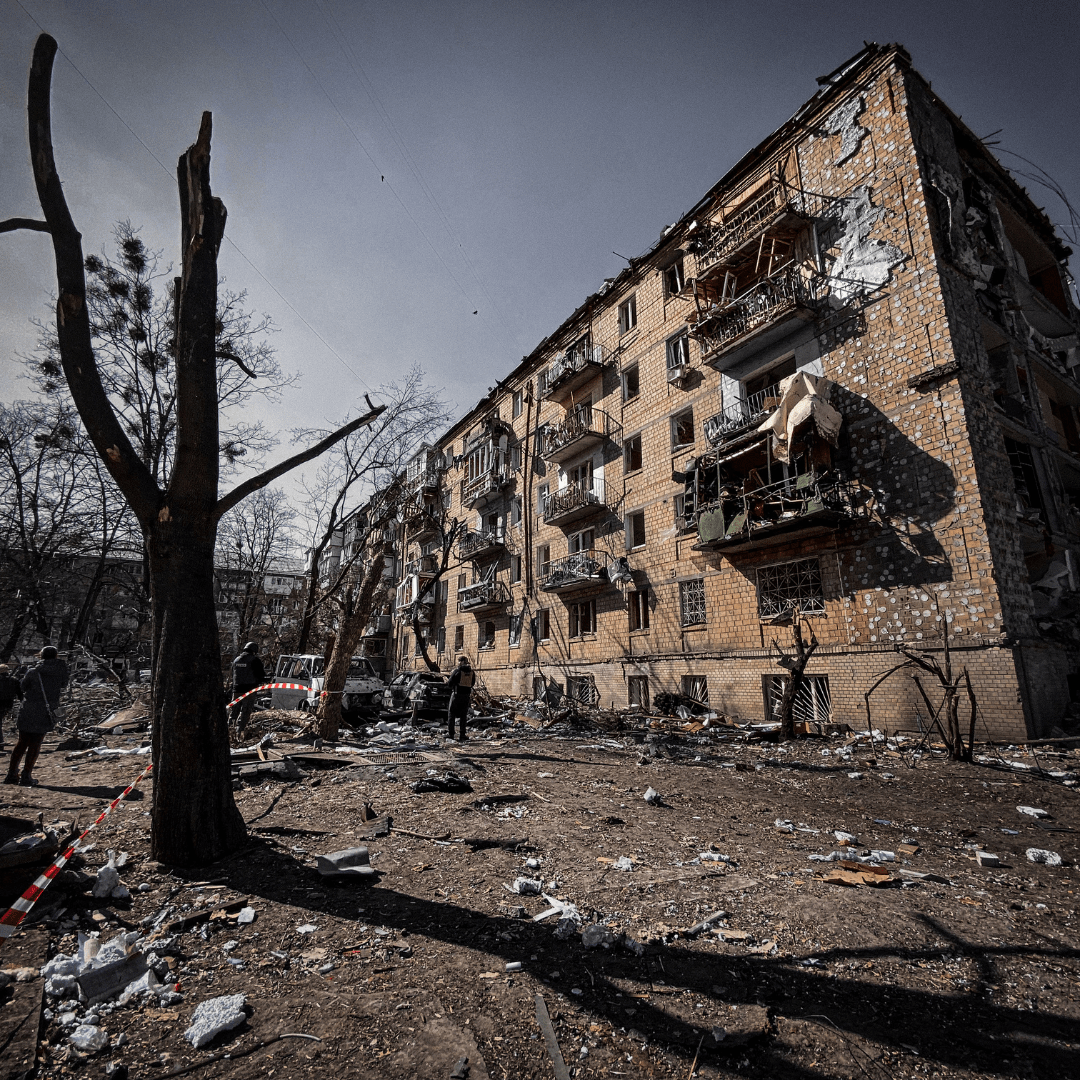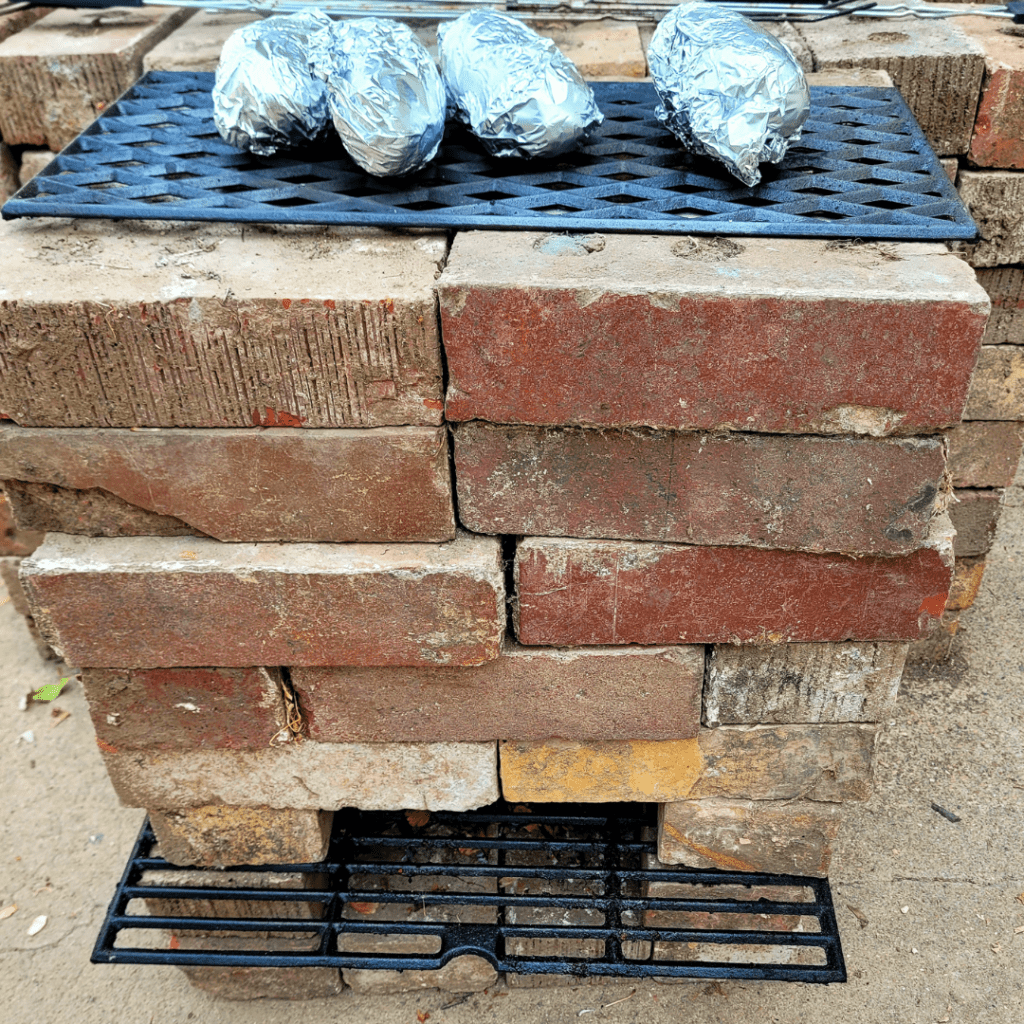Learn how to survive a war as a civilian with practical strategies for safety, preparedness, and staying calm during chaos and uncertainty.
War changes everything in an instant, and civilians often face the harshest realities with the least preparation. How to Survive a War as a Civilian is a guide to staying safe, aware, and grounded when the world feels unstable. From securing basic necessities to avoiding dangerous areas and staying connected to reliable information, these steps can help protect you and your loved ones when conflict strikes close to home. My goal is to give you clear, practical guidance that helps you stay calm, think clearly, and make smart decisions in even the most unpredictable moments.
This is a pinnable post. Tap or hover over any image in this post to pin to your Pinterest Boards.
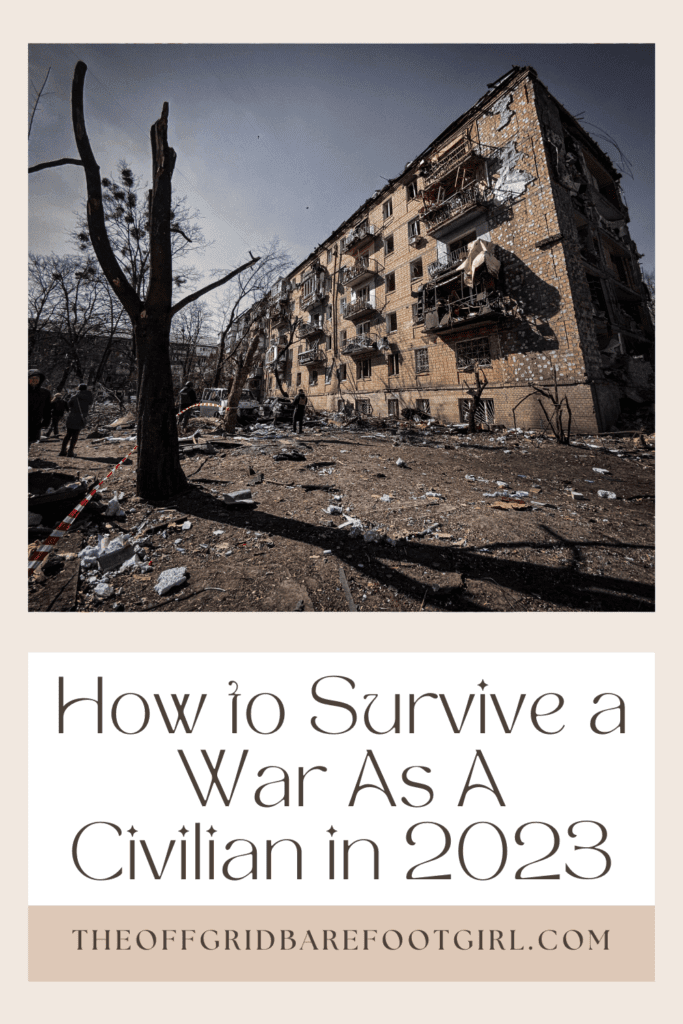
Understanding the Current Context: Global Conflicts and Civilian Vulnerabilities
The State of Conflict
In this section, we’ll take a look at the current state of global conflicts and how they can impact civilians. Brace yourself, because the world of conflicts in 2023 is not exactly a walk in the park. We’ll explore the different hotspots and ongoing conflicts that may have you reaching for your survival kit.
Assessing the Potential Impact on Civilians
War is not a game, and unfortunately, civilians tend to bear the brunt of its consequences. In this part, we’ll delve into the potential impacts that war can have on civilians. From displacement to limited access to basic necessities, I’ll cover it all. Let’s just say it’s not going to be a picnic. But fear not! With some preparation and a touch of creativity, there are ways to navigate these challenges and come out stronger.
Current States of Global War
The world is grappling with several conflicts that have far-reaching implications. First and foremost, the Middle East remains a hotbed of tension. From ongoing civil wars in countries like Syria and Yemen to the looming threat of terrorist groups, it’s a powder keg ready to explode at any moment.
On top of that, tensions between major powers such as the United States, China, and Russia continue to simmer, fueled by trade disputes and strategic rivalries. The rise of non-state actors further complicates matters as they pose serious threats through cyber attacks or unconventional warfare tactics. It’s a precarious situation that demands careful attention and diplomatic efforts from global leaders if we want to avoid further escalation and secure peace for future generations.
It is a pretty intense situation in Israel right now in October 2023. The conflict began when tensions between Israel and neighboring countries escalated, leading to a full-blown military confrontation. Both sides were heavily armed and ready for battle. The war lasted for days thus far resulting in high casualties on both sides. The international community was deeply concerned about the situation and tried to mediate, but peace talks repeatedly broke down.
Preparing for War: Essential Steps to Take
Developing a Personal Safety Plan
When the going gets tough, the tough start planning. In this section, I’ll guide you through the process of creating a personal safety plan. I’ll cover everything from identifying potential risks to establishing communication channels with loved ones. Time to put on your strategic thinking cap!
Establishing Communication Channels
No one likes being left in the dark, especially during a war. I’ll explore different communication options so that you can stay connected with your loved ones, even when the world seems to be falling apart. From old-school techniques to modern innovations, I’ve got you covered.
Understanding Warning Signs and Alerts
It’s time to sharpen your senses and develop some serious situational awareness. I’ll dive into the world of warning signs and alerts, helping you understand how to distinguish between a false alarm and a real threat. Spoiler alert: not all sirens are created equal, so I’ll teach you how to separate the noise from the crucial information.
Creating a Safety Plan: Securing Your Home and Evacuation Strategy

Home Security Measures
Lock and load, but mostly just lock. I’ll provide you with practical tips on how to secure your home during times of conflict. From reinforcing doors and windows to setting up a network of booby traps, I’ll make sure your castle remains a safe haven.
Hiding In Your Home During a War
Staying put might seem like the safest option initially – after all, it’s your comfort zone. But when chaos ensues and danger looms just outside your door, things can quickly go south. First of all, forget about enjoying a peaceful night’s sleep. Every creaking floorboard or distant explosion will send shivers down your spine. And food? Well, unless you’ve stocked up on non-perishables or have some hidden survivalist skills, be prepared to ration what little supplies you have left.
The isolation can take its toll too – with no way of knowing what’s happening outside your four walls, anxiety and paranoia become constant companions. So while hiding at home may seem like an easy choice on paper, think twice before committing to this nerve-wracking endeavor during times of war.
Designing an Evacuation Plan
Sometimes a strategic retreat is the best option. I’ll guide you through the process of designing an evacuation plan that would make even Houdini proud. From identifying escape routes to packing your go-bag, I’ll equip you with the knowledge and skills to get out of dodge when necessary.
Identifying Safe Zones and Shelters
When the world outside feels like a battlefield, it’s important to know where the safe havens are. I’ll help you identify potential safe zones and shelters in your area, giving you that extra peace of mind. Remember, safety first!
Essential Supplies and Emergency Kits: Stocking Up for Survival

Food and Water Requirements
In this section, I’ll tackle the essentials: food and water. I’ll provide you with a checklist of must-have items to stock up on and give you some tips on how to make your emergency rations more exciting than the average MRE. Nobody said survival had to be bland!
I have written several posts on how to build a survival pantry and 72-hour survival kits with the necessary supplies you and your family will need during times of crisis situations.
Prep Now!
- Get Lockdown Ready: Best Dollar Tree Survival Items
- Understanding Water Purification Methods for Survival: Best Practices Explained
- Thirsty for Survival: Expert Guide to Emergency Water Prep Tactics
- Practical Pantry Prepper: Essential Guide
- How to Grocery Shop Once a Month
- What Should Be in A 72-Hour Survival Kit?
- Buy or Die: Prepper Items You Need Now
Medical Supplies and First Aid Kits
Accidents happen, even in times of war. That’s why having a well-equipped first aid kit is a must. I’ll guide you through the process of assembling a comprehensive medical kit, so you’ll be ready to handle any bumps, bruises, or uh-oh moments that come your way. Doctor’s orders! Build your survival kit here What Should Be in A 72-Hour Survival Kit?
Essential Tools and Equipment
Last but not least, we can’t forget about the tools and equipment that will come in handy during uncertain times. From flashlights to multi-tools, I’ll help you build a kit that MacGyver would envy. Because if there’s one thing 2023 has taught us, it’s that anything can happen!
Building a Support Network: Connecting with Local Communities and Organizations

War can be a terrifying and isolating experience for civilians, but you don’t have to face it alone. Building a support network is crucial for survival and maintaining a sense of community amidst the chaos. Here are some ways to connect with local communities and organizations:
Forming Neighborhood Watch Groups
Safety in numbers is an age-old saying for a reason. By forming neighborhood watch groups, you can create a united front against potential threats. Get to know your neighbors and establish a system of communication to quickly alert each other about any signs of danger or suspicious activities. Together, you can keep an eye out for one another and increase the chances of staying safe.
Establishing Communication Networks
During war, communication can be disrupted or closely monitored. It’s important to establish alternative means of communication to stay connected. Utilize encrypted messaging apps, and radio networks, or even use a good old-fashioned message runner system. Having multiple communication channels will help you stay informed about potential dangers, share vital information, and provide support to those within your network.
Collaborating with Humanitarian Organizations
Humanitarian organizations play a crucial role in providing aid and support during times of war. They can offer assistance with basic necessities like food, water, shelter, and medical supplies. Collaborating with such organizations can help you access vital resources and assistance. Reach out to local humanitarian organizations, volunteer your time, or contribute in any way you can. Working together with these organizations can make a significant difference in the lives of both individuals and communities.
Maintaining Mental and Emotional Resilience: Coping with Stress and Trauma
War takes a heavy toll on mental and emotional well-being. It’s important to prioritize your mental health and develop strategies to cope with stress and trauma. Here are some ways to maintain mental and emotional resilience:
Developing Emotional Coping Strategies
Find healthy ways to process and express your emotions. This could include journaling, talking to trusted friends or family members, engaging in creative outlets like art or music, or practicing mindfulness and meditation. Identify what works best for you and incorporate these coping strategies into your daily routine.
Seeking Professional Help and Counseling
Don’t hesitate to seek professional help if you’re struggling with mental health issues. Therapists and counselors are trained to provide support and guidance during challenging times. They can help you navigate your emotions, process trauma, and develop effective coping mechanisms. Reach out to local mental health organizations or seek online counseling services if in-person options are limited.
Engaging in Self-Care Practices
Self-care is crucial for maintaining overall well-being. Take care of your physical and emotional needs by prioritizing rest, nutrition, and exercise. Engage in activities that bring you joy and relaxation, whether it’s reading a book, listening to music, or taking a long bath. Remember to give yourself permission to take breaks and recharge, as self-care is not a luxury, but a necessity during difficult times.
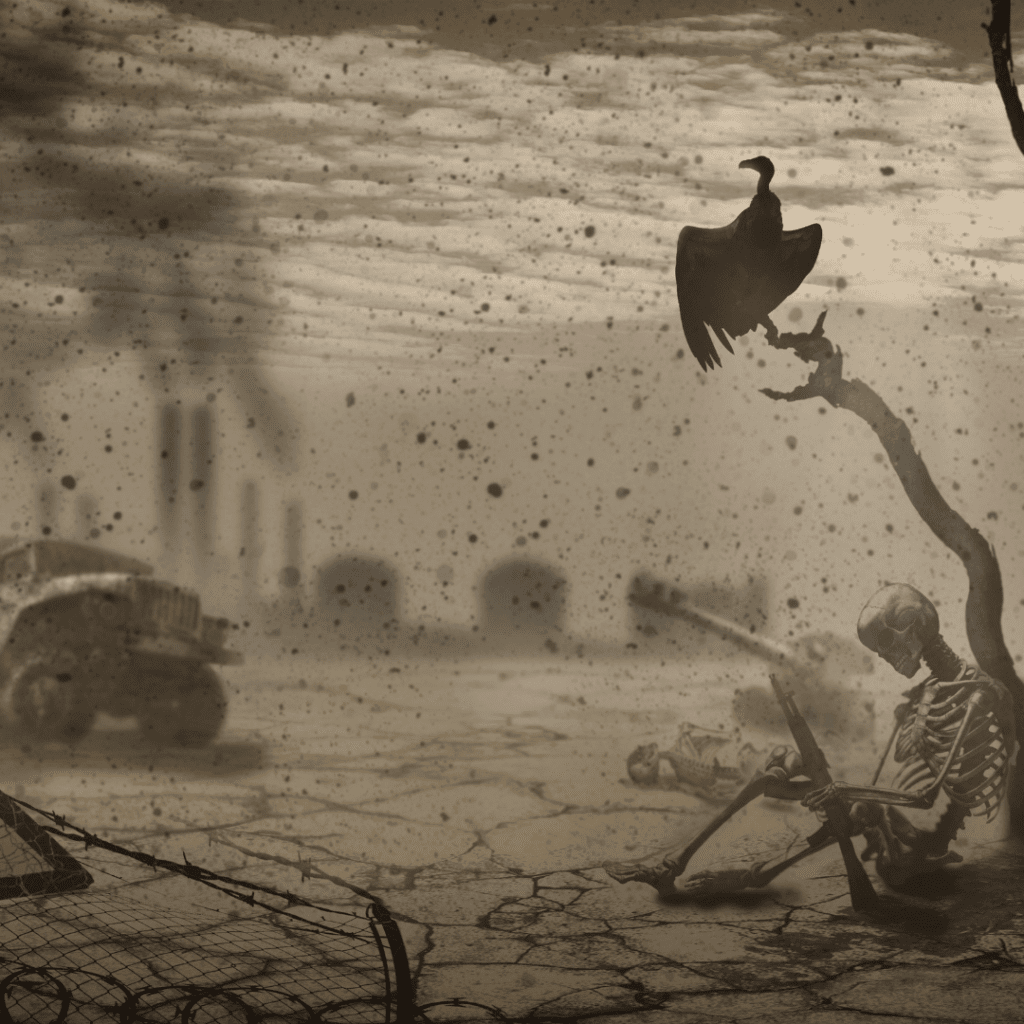
Moving through war zones can be extremely dangerous, but with some proactive strategies, you can increase your chances of safety. Here are some tips for navigating war zones:
Assessing Risk Factors and Security Levels
Stay informed about the current security situation in your area. Pay attention to official advisories, news updates, and local reports. Assess the risk factors associated with certain areas and times of day. Understanding the security levels will help you make informed decisions about when and where to travel.
Planning Safe Travel Routes
Plan your travel routes strategically to avoid high-risk areas. Identify safer pathways, backstreets, or alternative routes that might offer more security. Avoid traveling alone if possible and consider joining groups or finding companions for added safety. Always let someone know about your travel plans and expected timelines, and check in regularly.
Blending In and Maintaining a Low Profile
When moving through war zones, it’s essential to blend in and maintain a low profile. Dressing inconspicuously and avoiding attention-drawing behaviors can help you avoid becoming a target. Be aware of your surroundings, stay vigilant, and trust your instincts. If something feels off or unsafe, don’t hesitate to change course or seek shelter.
Understanding Warning Signs and Alerts In a Warzone
When it comes to being in a warzone, understanding warning signs and alerts can literally be a matter of life and death. The first thing you need to know is that every warzone has its own unique set of indicators, so paying attention to your surroundings and staying informed is crucial. When you’re in a warzone, there are some serious warning signs and alert sounds that you need to pay attention to.
- First off, keep an ear out for the distinct sound of incoming artillery or rockets – it’s like a whooshing noise that’ll give you chills down your spine.
- Then there’s the menacing hum of drones hovering above, scoping out the area.
- Don’t overlook the unmistakable thud of an explosion either; it’s like a deep rumble that shakes your whole body.
- And if you hear whistling or hissing sounds around you, brace yourself for an air raid – those vicious missiles are on their way.
Time is of the essence, so when these warnings strike your ears, take cover immediately to ensure your safety and survival in this chaotic battleground.
Look out for unusual activities such as increased military presence, roadblocks, or sudden curfews. Keep an ear out for loud explosions or gunfire as they’re clear signs that danger might be lurking nearby. Pay attention to warnings from local authorities or announcements on radio or television channels specifically dedicated to updates on the situation in your area.
Finally, trust your instincts – if something feels off or dangerous, don’t hesitate to take immediate action and seek safety. Remember, in a warzone, it’s better to err on the side of caution than risk unnecessary harm.
Post-War Recovery: Rebuilding Lives and Communities
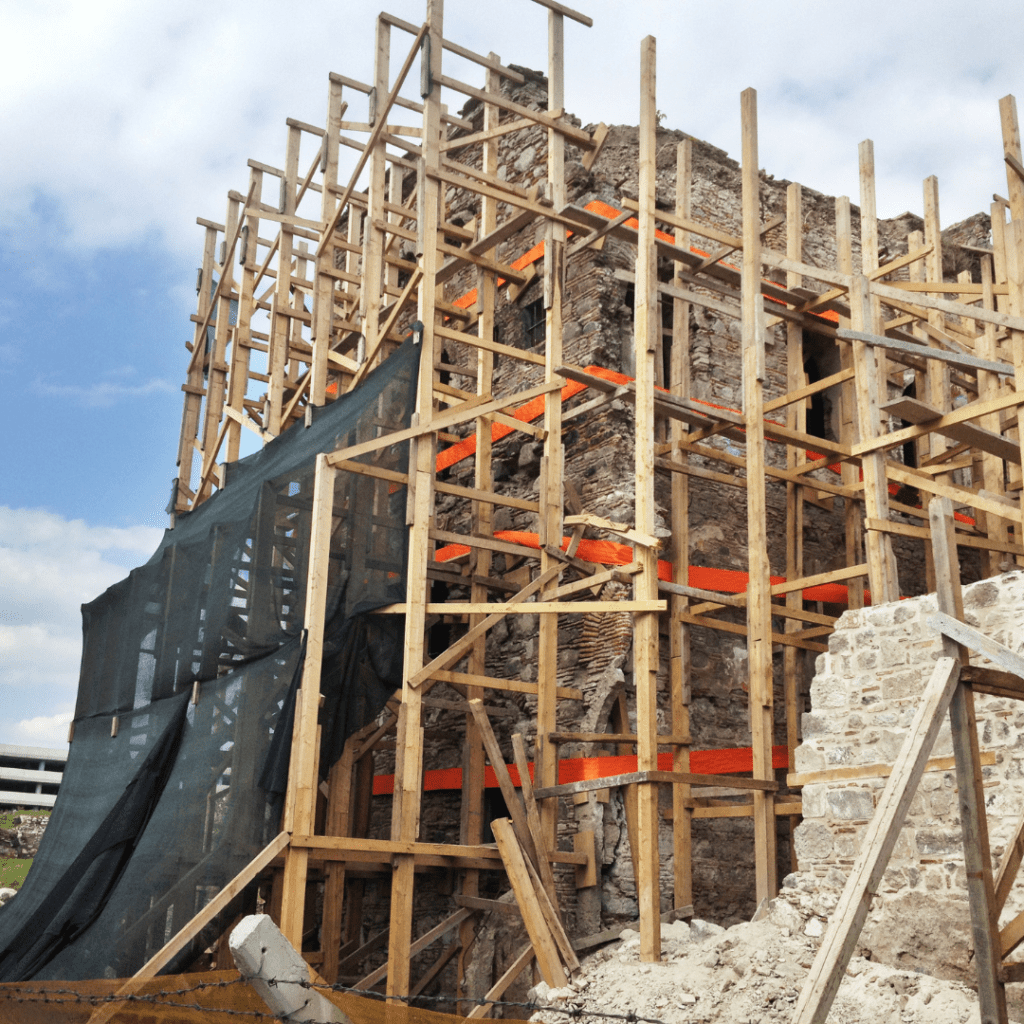
War eventually ends, and the focus shifts toward rebuilding lives and communities. Here are some considerations for post-war recovery:
Assessing Damages and Losses
Take stock of the damages and losses suffered during the war. Assess your personal situation, as well as the needs of your community. This will help prioritize immediate needs and allocate resources effectively. Work together with neighbors, community leaders, and humanitarian organizations to ensure a comprehensive assessment.
Engaging in Community Reconstruction Efforts
Rebuilding lives and communities is a collective effort. Engage in community reconstruction efforts by volunteering your time, skills, or resources. Collaborate with local organizations, government agencies, and international aid groups to create sustainable plans for rebuilding infrastructure, homes, schools, and other essential facilities. By working together, you can contribute to the recovery and resilience of your community.
Fostering Unity and Healing
Post-war recovery is not just about physical reconstruction; it also involves healing and fostering unity. Encourage open dialogue, reconciliation, and the sharing of experiences within your community. Support initiatives that promote healing, such as trauma counseling, support groups, and cultural events that celebrate diversity and unity. By fostering a sense of togetherness, you can help rebuild not just buildings but also the social fabric of your community.
Conclusion
In conclusion, while the thought of surviving a war as a civilian may seem daunting, it is crucial to approach it with preparation, resilience, and resourcefulness. By following the steps outlined in this article, we can increase our chances of staying safe, protecting our loved ones, and emerging stronger in the face of adversity. Remember to stay informed, remain vigilant, and lean on the support of communities and organizations. While the path may be difficult, together we can navigate the challenges of war and work towards rebuilding a brighter future for ourselves and our communities.
Learn practical strategies and stay prepared for any crisis by reading The Complete Guide to Emergency Preparedness: Everything You Need to Thrive in Any Situation.
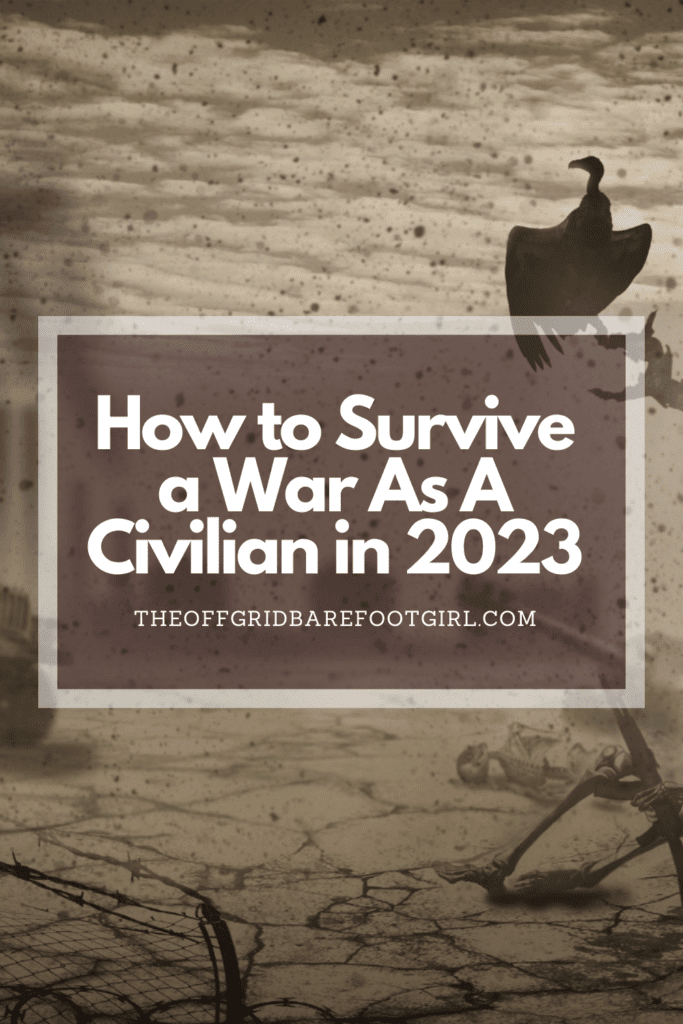
Frequently Asked Questions
1. How do I determine the potential impact of war on my area?
It is important to stay informed about global conflicts and geopolitical situations to assess the potential impact on your area. Monitor news sources, and government advisories, and consult with local authorities for up-to-date information on the state of conflict and its potential consequences.
2. How do I build a support network during wartime?
Building a support network is crucial for navigating wartime challenges. Reach out to neighbors, friends, and local community organizations to form neighborhood watch groups and establish communication networks. Collaborate with humanitarian organizations that provide assistance and support during times of crisis.
3. How can I maintain mental and emotional resilience during war?
Maintaining mental and emotional resilience is vital during times of war. Develop coping strategies, seek professional help and counseling if needed, and prioritize self-care practices. Engage in activities that bring you comfort, maintain connections with loved ones, and seek support from mental health professionals or support groups.
4. How can I recover and rebuild after a war?
Recovering and rebuilding after a war requires a concerted effort. Assess damages and losses, seek assistance from government agencies or humanitarian organizations, and engage in community rebuilding efforts. Collaborate with fellow civilians, local authorities, and organizations to restore infrastructure, support economic recovery, and rebuild lives and communities.
Summary
I hope I have inspired you to live sustainably with these tips and products.
If you were encouraged by this post, I invite you to check out my FREE Printables Page for fun free printables, planners, and charts.
ENTER MY FREE Printables Page HERE
Here are some more of my gardening inspiration posts to check out!
How to Feed Your Family During the Government Shutdown
12 Best Tips for Creating an Eco-Friendly Household
Survival Lessons from the Great Depression
The Best 15 Homesteading Blogs to Follow for Inspiration
How to Criminal-Proof Your Home with These 5 Steps
How to Create Your Cottagecore Aesthetic Dream Home
Ideas for Rustic Living Room Vibes You’ll Love All Year Round!
How to Prep Your Home for Chilly Fall Nights
Bring Back the Magic of Fireflies and Lightning Bugs with Solar Power!
The Ultimate Portable Power Bank for Homesteaders and Preppers!
A Bug Out Bag That’s Actually Ready — When You Need It Most!
Magical Ways to Use Fairy Lights in Your Off-Grid Home
How to Live a Cozy Off-Grid Life
The Best Off-Grid Kitchen Tools for Indoors (No Power Needed!)
DIY Solar Made Simple: How I Powered My Off-Grid Life with Practical Preppers!
Sleeper Cells in America: What You Need to Know Now!
How People Are Surviving in Broken Cities with Broken Systems
When the World Hurts, We Prepare with Purpose
How to Live On Raw Land: Everything You Need to Know!
How to Do Off-Grid Laundry with Eco-Friendly Laundry Detergent!
Hollywood on Fire! What Secrets Are In the Ashes?
FEMA Concentration Camps? Are Echos of the Past Returning?
How Likely Is a Russian EMP? One Pulse Could Black Us Out!
What Dark Secrets Lie in The Bird Flu Symptoms?
The Blackout Sun: Who Is Blacking Out Our Sunlight?
More Posts!
How to Bug-In During a Deep Freeze!
‘FOGVID-24?’ What’s in the Mysterious Fog That’s Making Everyone Sick?
From Snow to Sow: Plan Your Spring Garden Now!
11 Fun Ways to Brighten Your Spring Garden with Personality
Top 10 Spring Garden Crops to Harvest in 30 Days and Eat Now!
The Best Survival Crops for Caloric Survival
More Posts!
My Victory Garden: What I Learned from 5+ Years
Why Every Family Should Have a Victory Garden in Their Backyard Now!
The Best Perennials for a Long-Term Survival Garden
The Best Essential Oils for Plants That Repel Garden Bugs
How to Grow Green Garden Peas: Perfect Plump Peas!
Hugelkultur: Does This Epic Pioneering Method Actually Work?
9 Ways to Celebrate Earthing Day in Your Garden!
Gardening Indoors: Secrets of Growing Your Food Inside!
How to DIY a Milk Jug Drip Irrigation System!
Why Cedar Mulch Is The Perfect Natural Weed Barrier
Gardening Projects
Onions: How to Grow Onions for Storage
Peas: How to Grow Garden Peas for a Bumper Crop
Carrots: How to Grow Carrots for a Bountiful Harvest
Prep Your Garden for Spring Planting with These Expert Tips!
How to Grow a Prepper Garden to Survive and Thrive
The Best Garden Tools You Need for a Productive Season
Fastest Growing Vegetables for Your Survival Garden
How to Grow Marigolds As Pest Control In Your Vegetable Garden
Must-Have Tools for a Successful Balcony Vegetable Garden
How to Effectively Combat Powdery Mildew in Your Garden
The Best Tips for Organic Gardening
How to Release Ladybugs In Your Garden for Organic Pest Control
More Posts!!
The Best Garden Snail Control Strategies
The Best Spring Vegetables to Grow in Your Garden
Seed Starter Mix: How To Make Your Organic Seed Starter Mix At Home
How to Grow a Productive Canning Garden
How to Plant and Grow a Salsa Garden
Easiest Heirloom Vegetable Seeds to Grow Now
How to Use the Hand Twist Claw Tiller: Tackling Tough Soil
More Fun Gardening Posts to Check Out!
Planning Your Garden: How to Plan a Vegetable Garden: Expert Green Thumb Tips!
Winterizing the Garden: How to Winterize Your Vegetable Garden: Step-by-Step Checklist
Mulching the Garden: How to Make Leaf Litter Mulch
Grow a Pumpkin Patch: How to Grow a Pumpkin Patch in Your Backyard
How to Grow a Fall Garden: 9 Best Fall Crops
Clever Ways to Incorporate Indoor Composting into Your Home
How to Start Composting for the Garden: A Step-by-Step Guide
The Ultimate Guide to Composting in Your Suburban Backyard
Why I Built A Survival Garden in My Backyard
16 Best Medicinal Herbs to Grow in Your Garden Now
Blessings,
The Off Grid Barefoot Girl

